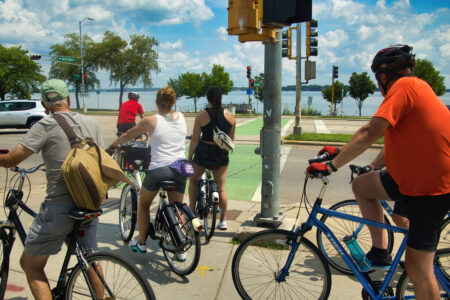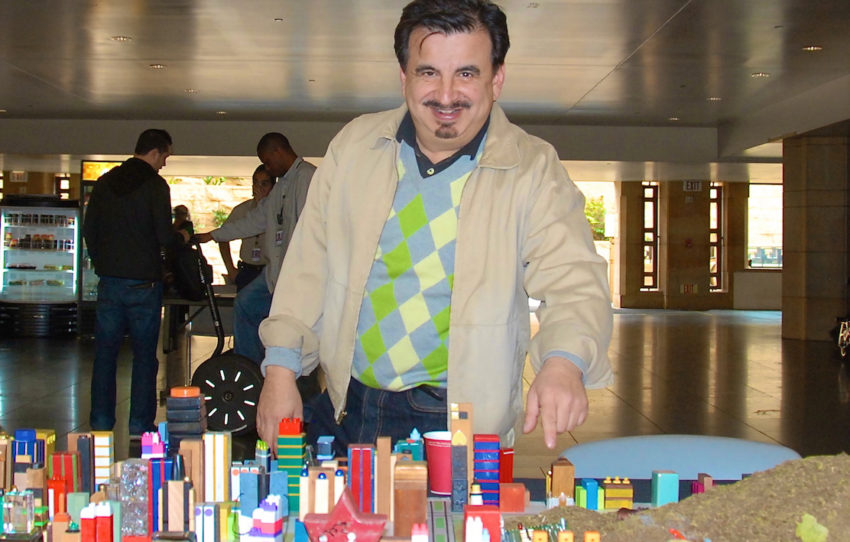
Share On Social!
Since James Rojas was child, he has been fascinated with urban spaces like streets, sidewalks, plazas, storefronts, yards, and porches.
He started noticing how spaces made it easier or harder for families, neighbors, and strangers to interact.
For example, his urban space experience got worse when his Latino family was uprooted from their home and expected to conform to how white city planners designed neighborhood streets for cars rather than for social connection.
“[Latinos] are a humble, prideful, and creative people that express our memories, needs, and aspirations for working with our hands and not through language,” Rojas said. “However, there are no planning tools that measure this relationship between the body and space. Therefore, our mobility needs can be easily overlooked.”

Rojas went on to launch the Latino Urbanism movement that empowers community members and planners to inject the Latino experience into the urban planning process.
Read more about his Rojas and Latino Urbanism in our Salud Hero story here.
Now he has developed a nine-video series showcasing how Latinos are contributing to urban space!
The Education—and Miseducation—of an Urban Planner
Before he coined Latino Urbanism, he studied architecture and city planning at Massachusetts Institute of Technology (MIT).
He learned how Latinos in East Los Angeles would reorder and retrofit public and private space based on traditional indigenous roots and Spanish colonialism from Latin America.
“DIY or ‘rasquache’ Latino mobility interventions focus on the moment or journey,” Rojas said according to LA Taco. “Through these interventions based on memory, needs, and aspirations, many Latinos transform auto-centric streets into pedestrian-friendly zones for community interaction, and cultural expression. Latinos walk with history of the Americas coupled with Euro-centric urbanism, which creates mindfulness mobility helping us to rethink our approach to mobility in the wake of global warming and mental health.”
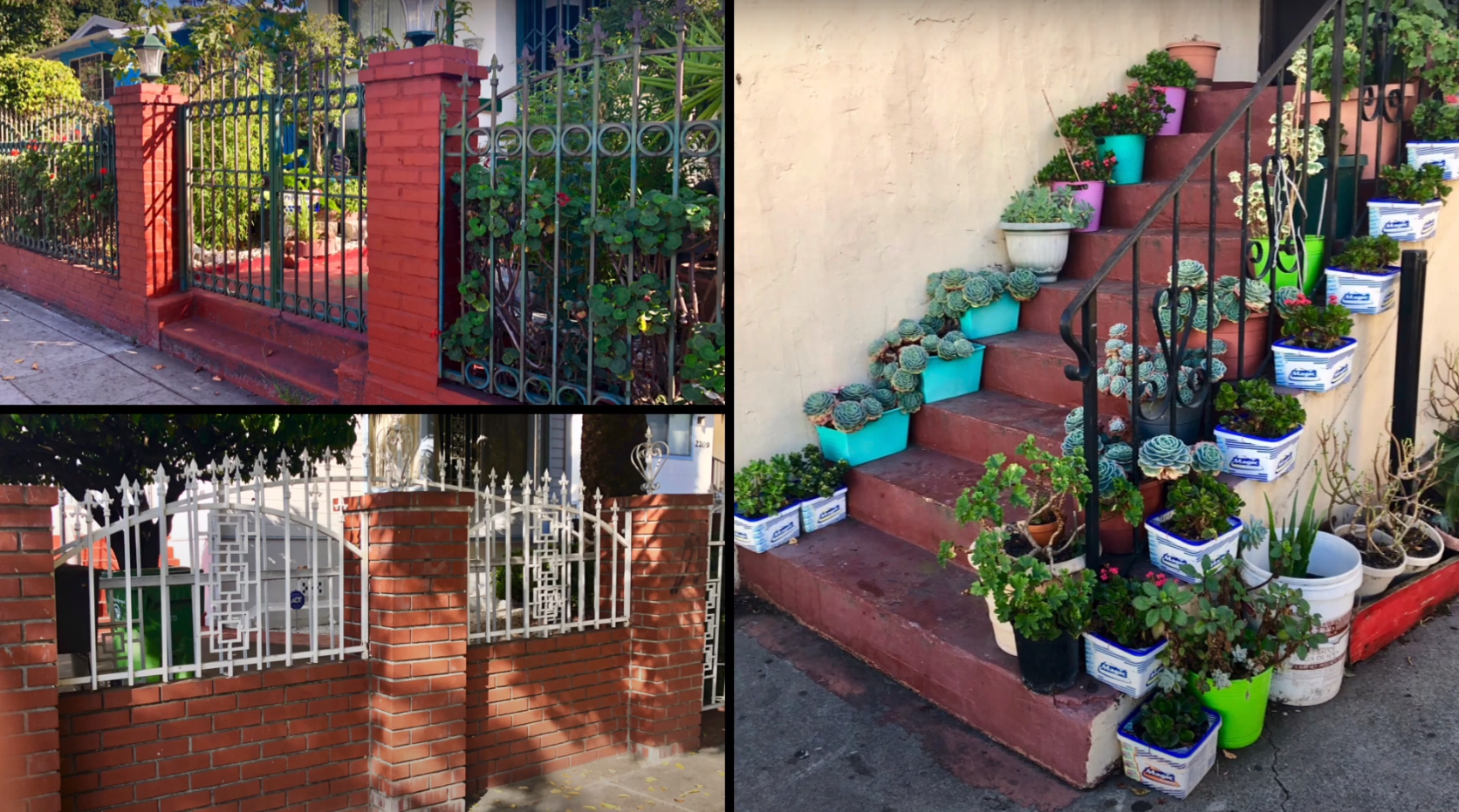
Rasquache is a form of cultural expression in which you make do with or repurpose what is available.
“Our claim is that rasquache, as a form of life, is the social practice of social reproduction, the creative work of holding together the social fabric of a community or society,” according to a discussion forum post by Magally Miranda and Kyle Lane-McKinley.
But no one at MIT was talking about rasquache or Latinos’ intimate connection with the spaces they inhabit.
“I had entered a harsh, Puritanical world,” Rojas wrote in an essay. “The program sucked the joy out of cities, because it relied almost entirely on quantifying the world through rational thought.”
This rational thinking suggested the East LA neighborhood that Rojas grew up in and loved, was bad.
“The numbers, the data, the logic—all seemed to suggest that it was an underserved, disadvantaged place,” Rojas wrote. “Perhaps a bad place, rationally speaking, but I felt a strong emotional attachment to it.”
Latinx planning students continue to experience alienation and dismissal today, according to a study published in 2020.
Understanding Latinos’ Social and Emotional Connection to Urban Spaces
This type of rational thinking, closed off to lived experiences of minorities, continued into his career.
For example, as a planner and project manager at Los Angeles County Metropolitan Transit Authority, Rojas recognized that street vendors were doing more to make LA pedestrian friendly than rational infrastructure.
However, Latino adaptations and contributions like these weren’t being looked at in an urban planning context. Thus, they weren’t included in the traditional planning process, which is marked by a legacy of discriminatory policies, such as redlining, and dominated by white males.
In fact, some Latino modifications were even banned in existing city codes and zoning ordinances.
Rojas was frustrated.
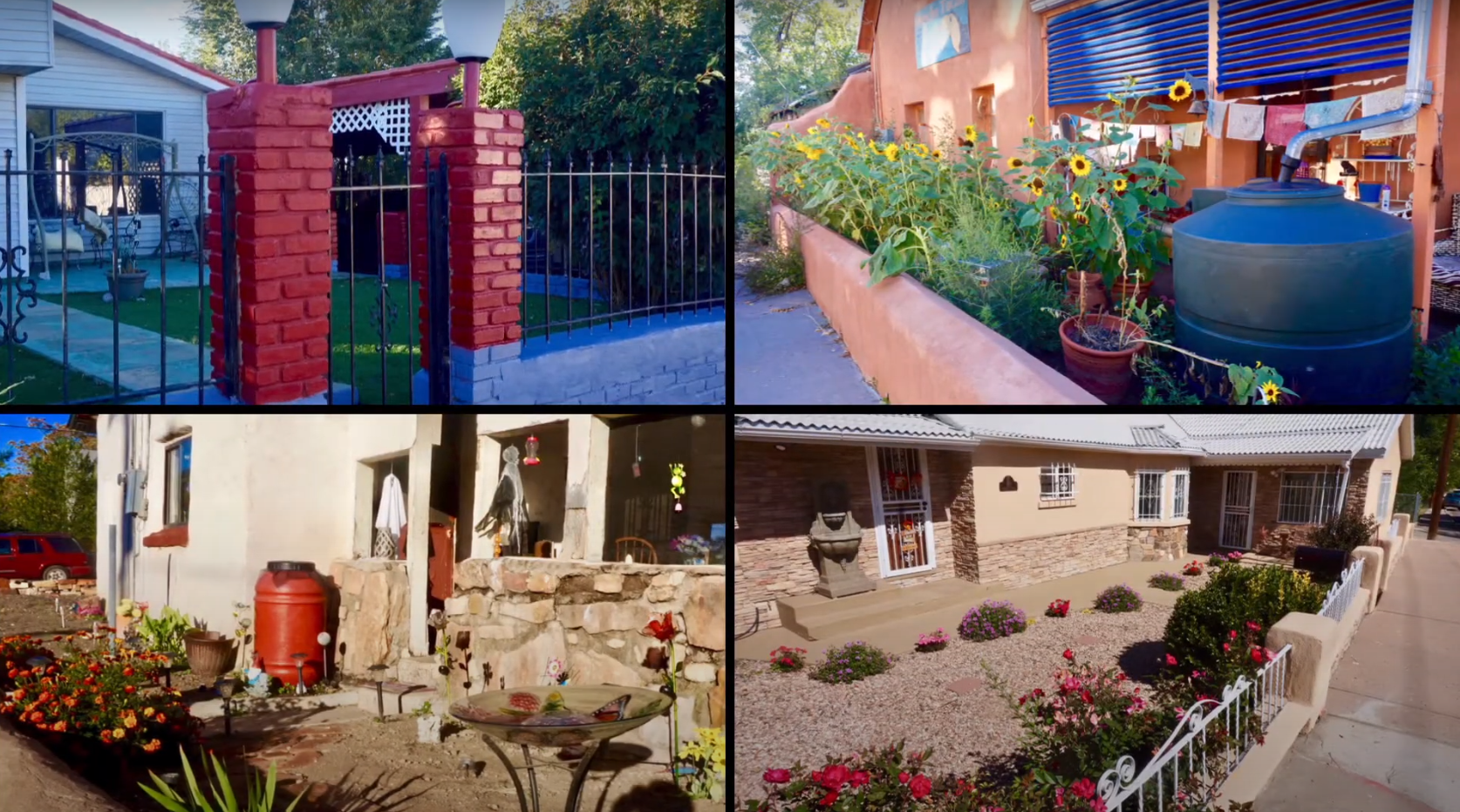
“Most planners are trained to work in an abstract, rational tradition, thinking about cities in head-heavy ways and using tools like maps and data to understand, explore, and regulate the land and its people,” Rojas wrote in an essay in the Common Edge. “This rigid understanding of communities, especially nonwhite ones, creates intrinsic problems, because planners apply a one-size-fits-all approach to land use, zoning, and urban design.”
Rojas wanted to better understand the Latino needs and aspirations that led to these adaptations and contributions and ensure they were accounted for in formal planning and decision-making processes.
This meant he also had to help Latinos articulate their needs and aspirations.
Since a platform for these types of discussions didn’t exist, Rojas had to make it up.
Creating Space to Discuss Latinos’ Social and Emotional Connection to Urban Spaces
In 2005, Rojas founded the Latino Urban Forum for advocates interested in improving the quality of life and sustainability of Latinos communities.
Then, in 2010, Rojas founded PLACE IT! to provide a comfortable space to help Latinos explore their social and emotional connection to space and discuss the deeper meaning of mobility.
They use art-making, story-telling, play, and found objects, like, popsicle sticks, artificial flowers, and spools of yarn, as methods to allow participants to explore and articulate their intimate relationship with public space.
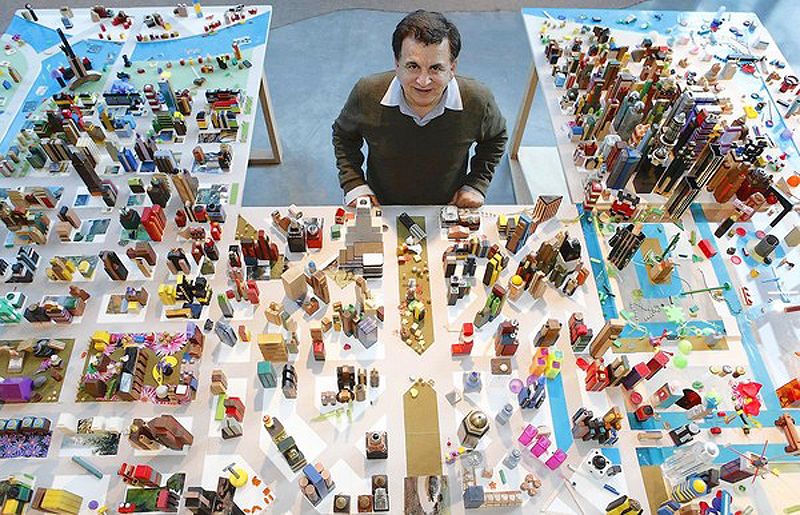
“Rather than ask participants how to improve mobility, we begin by reflecting on how the system feels to them,” Rojas said. “Place IT! explores the participants’ relationship through lived experiences, needs, and aspirations.”
Then, COVID-19 flipped public engagement on its head.
Rojas adapted quickly and found a solution: video content.
9 Videos on Latino Contributions to Urban Spaces and the Built Environment
“For the past 30 years Latinos across the US have invited me into their communities to help them plan through their built environment,” Rojas said.
And he took photos along the way.
So Rojas created a series of one- to two-minute videos from his experiences documenting the Latino built environment in many of these communities. He released the videos in April 2020.
“They illustrate how Latinos create a place,” Rojas said. “The Latino landscape is part memory, but more importantly, it’s about self-determination.”
Watch and share the videos below:
- Brownsville’ Buena Vista
- Compton’s Richland Farms
- Detroit’s Southwest
- Las Vegas, New Mexico
- Minneapolis’s East Lake Street
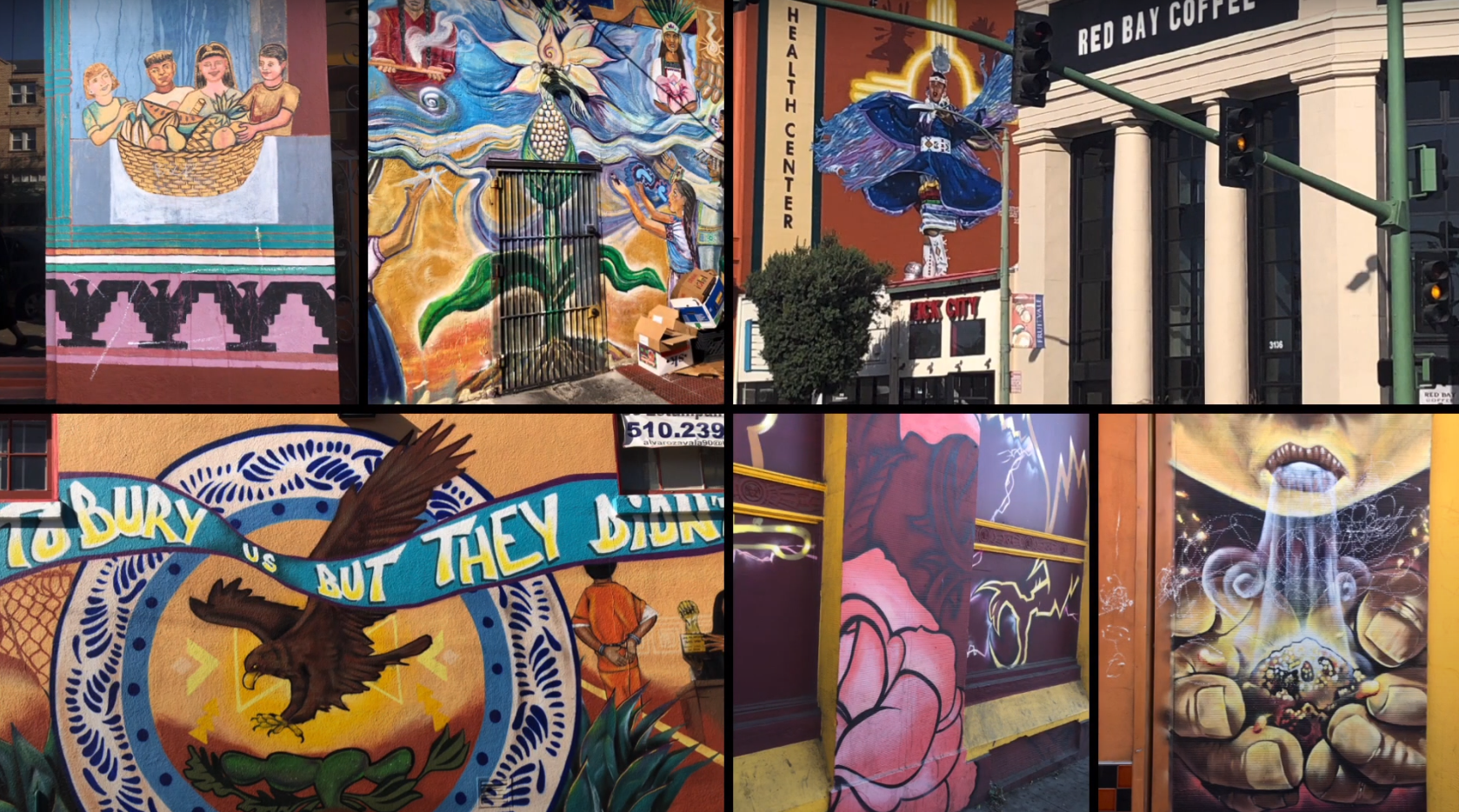
- Oakland’s Fruitvale
- Philadelphia
- Riverside’s Eastside
- San Francisco’s Mission
Rojas Continues to Engage Latinos on All Aspects of Urban Spaces
Rojas is still finding ways to spread Latino Urbanism, as well.
He participated in the Salud America! year-long workgroup exploring recommendations to address transportation inequities in Latino communities. He contributed to our two final reports released in September 2020.
He also has delivered multiple “Walking While Latino” virtual presentations during COVID-19.
“To understand Latino walking patterns you have to examine the powerful landscapes we create within our communities,” Rojas said. “Latinos walk with feeling. It’s a collective artistic practice that every community member takes part in.”
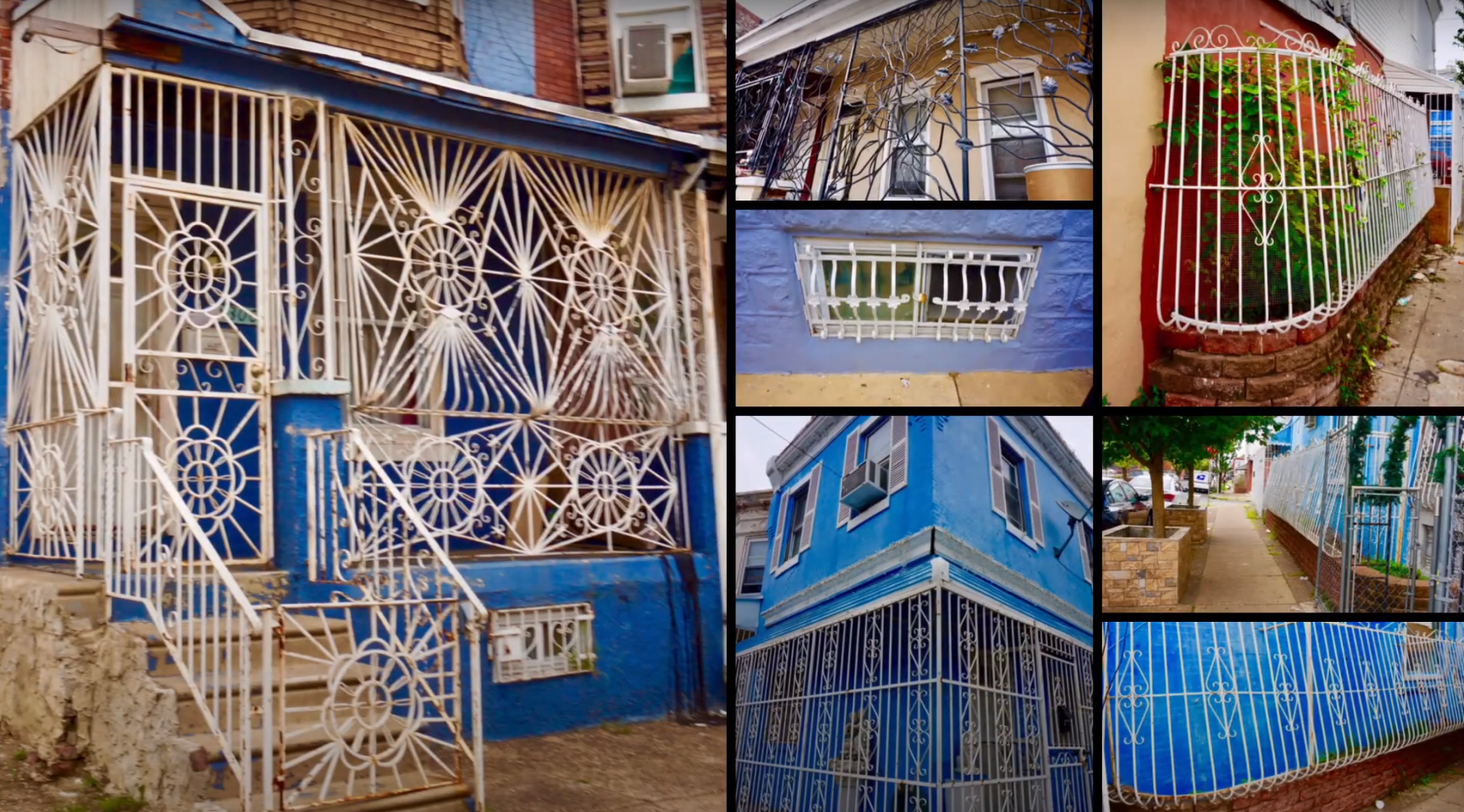
Rojas also virtually engages Latino youth to discuss city space and how they interact with space.
“I tell the students that the way Latinos use space and create community is not based on conforming to modern, land-use standards or the commodification of land,” Rojas said. “The regulatory process of exclusivity, control, and a veneer of perfection do not bog them down. Rather our deep indigenous roots connect spiritually, historically, and physically to the land, nature, and each other. The treads are found in everyday routines in our Latino communities.”
Watch Rojas’ nine videos and share them with your friends and family to start a conversation about Latino Urbanism.
You can even use our reports to urge planners and decision-makers to ensure planning policies, practices, and projects are inclusive of Latino needs, representative of existing inequities, and responsibly measured and evaluated.
Also, join this webinar on transportation equity on Nov. 18, 2020, which features Rojas.
Read more about Rojas here.
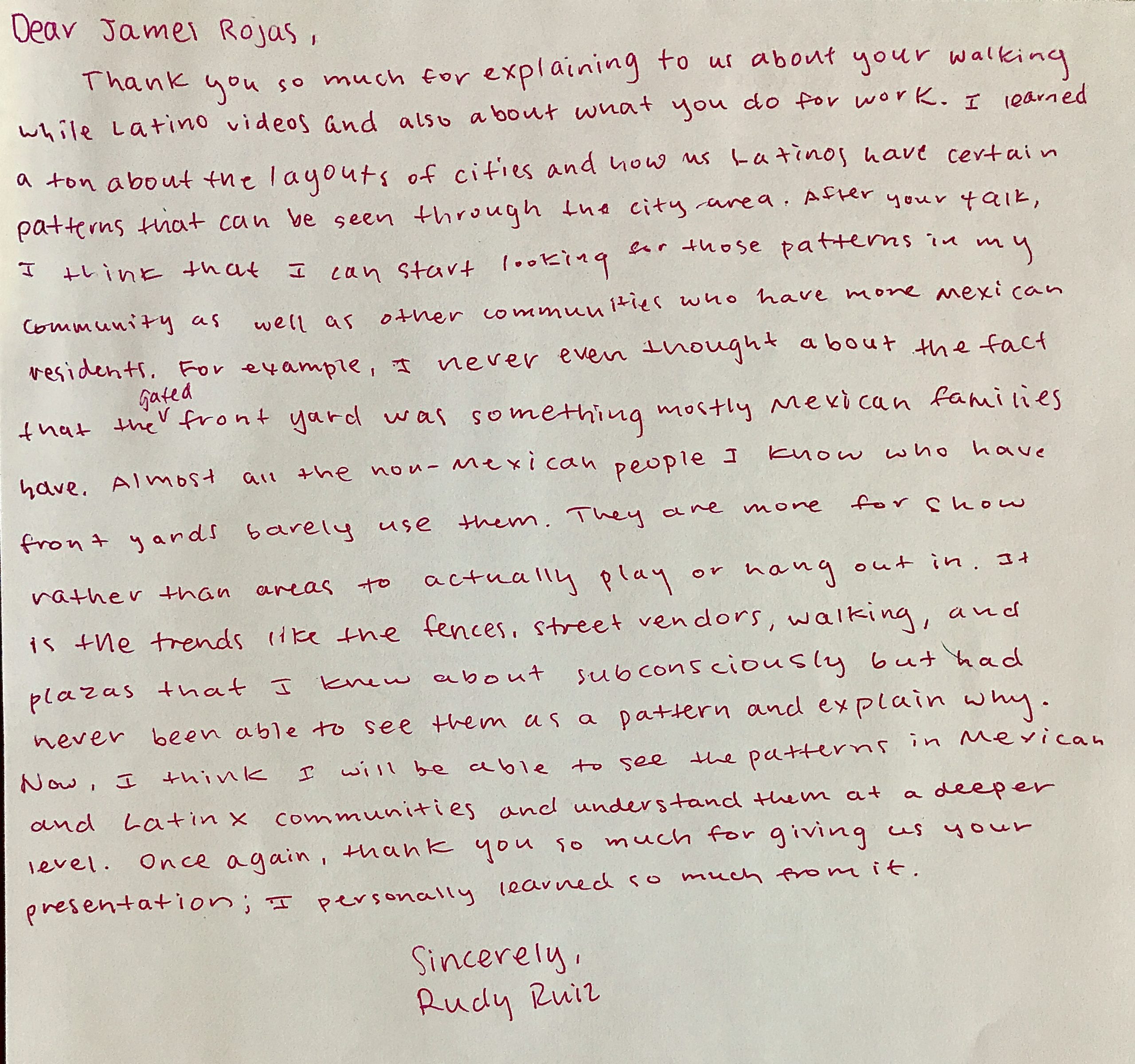
By The Numbers
27
percent
of Latinos rely on public transit (compared to 14% of whites).
This success story was produced by Salud America! with support from the Robert Wood Johnson Foundation.
The stories are intended for educational and informative purposes. References to specific policymakers, individuals, schools, policies, or companies have been included solely to advance these purposes and do not constitute an endorsement, sponsorship, or recommendation. Stories are based on and told by real community members and are the opinions and views of the individuals whose stories are told. Organization and activities described were not supported by Salud America! or the Robert Wood Johnson Foundation and do not necessarily represent the views of Salud America! or the Robert Wood Johnson Foundation.


